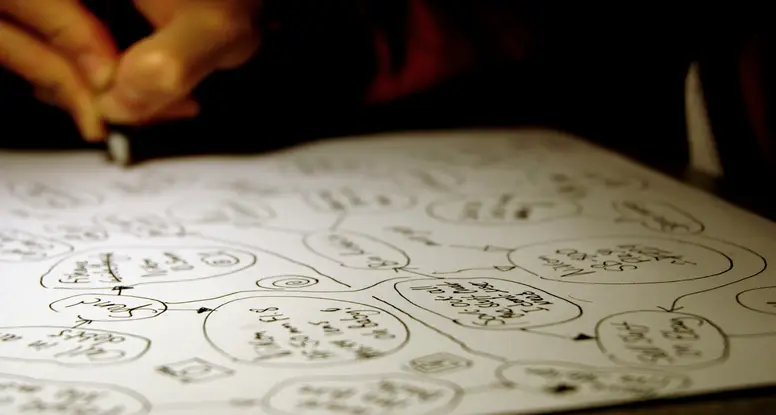In part one of building a successful eCommerce site, we talked about how the location of a brick and mortar store is the equivalent of the search engine results for an eCommerce site. The gist of what we were talking about is putting the business in the best position for high volumes of traffic. However, high volumes of traffic to your business, whether it be foot traffic or Internet visitors, isn’t going to do any good if the business can’t convert the sale. So let’s look at another consideration that applies to both brick and mortar stores and eCommerce sites; Design.
Brick and Mortar Interior Design = eCommerce Site Design
Quality design makes people feel at ease, it lets them know you are serious about what you do, and it adequately reflects your brand. Good design not only reflects well on your brand, it also influences how people buy. In a brick and mortar store, you have the advantage of employees to communicate the brand’s message to potential buyers, but eCommerce sites often don’t have the luxury of face to face communication. This is where design becomes even more important. Consider these things when you start to think about your site design:
Vet Your Designer
Do your research here. Look at their past work. Either ask them for references or look up contact info for someone they worked for and just ask them about it. Actually, do that! You might find that they were slow to work with but they communicated every step of the way, which is much better than someone who doesn’t communicate at all and gives you a finished product that vaguely resembles what you want.
Ask Them To Tell You a Story
So you found someone who designs some pretty slick stuff, great! But how are they at telling stories? If they are simply asking you what design choices you want and not at all about what makes your business unique and different, walk away. Just like that. Find someone else. There are hordes of people out there that have the technical skills to make a website work and look good, but most don’t possess the traits required to tell your brand story AND make it look good, which is what sets apart a successful eCommerce site and a mediocre one.
Set Yourself Up For Flexibility
We have written about why we love WordPress here before, but I can’t stress to you enough the importance to have your site built on a system that you can manage yourself. Most designers, and frankly people in general, tend not to be the best communicators, especially when you need something done urgently. The power to make changes yourself will be priceless over the life of your business.
One should place just as much importance on site design just as one places importance on the interior design, product placement, and customer flow of a brick and mortar store. In the end, good design will last the life of the business and pay for itself ten times over. Take your time and find someone who can help tell your story with finesse and efficiency.
Stay tuned for part 3 of Building a Successful eCommerce Site.
Photo Credit: xJason.Rogersx cc

